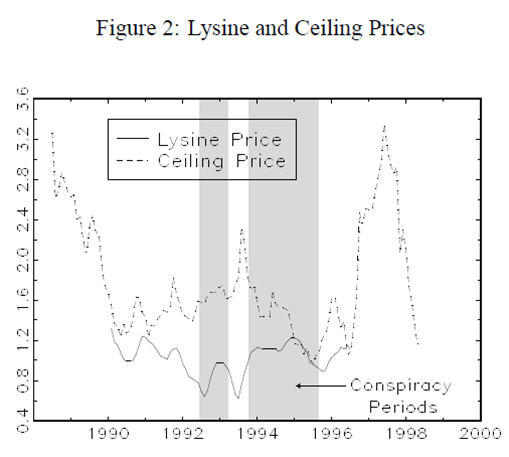The winter 2016 issue of Resources Magazine is out, featuring some germane pieces for my courses on the “real” costs and benefits of federal regulations, and the Impacts of Biofuel Mandates on Food Prices and the Emissions.
The first piece is an interview with Richard Morgenstern on his news study where he retrospectively evaluates the costs and benefits of regulations. Clearly, Morgenstern has been interested in this area for some time, having published “On the Accuracy of Regulatory Cost Estimates” in the Journal of Policy Analysis and Management back in 2000, a stalwart in the ECON 444 course. One of the main takeaways is that this exercise is something that is not regularly done and is surprisingly hard to complete. The forthcoming study Morgenstern talks about evaluates nine policies.
The second piece, as the title suggests, tries to isolate the impact of biofuel mandates on food prices. The US Environmental Protection Agency has a Renewable Fuel Standard (RFS) that requires a certain portion of vehicle fuel to contain “renewable” sources. In practice, this generally means corn ethanol, and as a result the demand for corn is much higher than it would otherwise be (more than 40 percent of US corn is used to produce ethanol).
This is chock full of partial-equilibrium analysis. The increase in the demand for corn should lead to a movement along the supply curve, and a simultaneous decrease in the supply of other substitutes in production. Meanwhile, as world income has gone up and many in developing countries are eating diets more dependent on animal protein. This further increases the demand for cereals for animal feed (for reasons I will let you infer).
Ujjayant Chakravorty has developed a global land use model that isolates the effect of the RFS on food prices and emissions. Here are the key findings:
[I]f there were no biofuel mandates, food prices would increase—by about 15 percent in 2022 compared to the base year 2007. When we superimpose the US and EU biofuel mandates, world food prices go up by 32 percent.
Our results highlight the impact of increased meat and dairy consumption on the projected growth of food prices. Put another way, if diets were kept constant, food prices would actually fall over time without energy regulation. Then, with the biofuel mandates, they would rise by only 7 percent in year 2022.
Ironically, the RFS doesn’t do much for global carbon emissions. Follow this logic:
An important conclusion from our analysis is that under no scenario do we get a major reduction in global carbon emissions. Under the RFS, US emissions fall by about 1 percent; however, that leads to a lowering of global crude oil prices and an increase in oil consumption overseas. Moreover, because of all the new land being farmed, the RFS also causes an increase in carbon emissions. Aggregate global carbon emissions (from both direct burning of fuels and land use changes) increase from 13.4 billion tons of carbon dioxide equivalent to 17.8 billion tons in 2022.
Emphasis mine in both cases.
As a colleague of mine used to say, if you want to grow fuel, grow fuel. Don’t grow corn and turn it into fuel.
If the topic interests you, check out the symposium on agriculture in the Winter 2014 Journal of Economic Perspectives.
